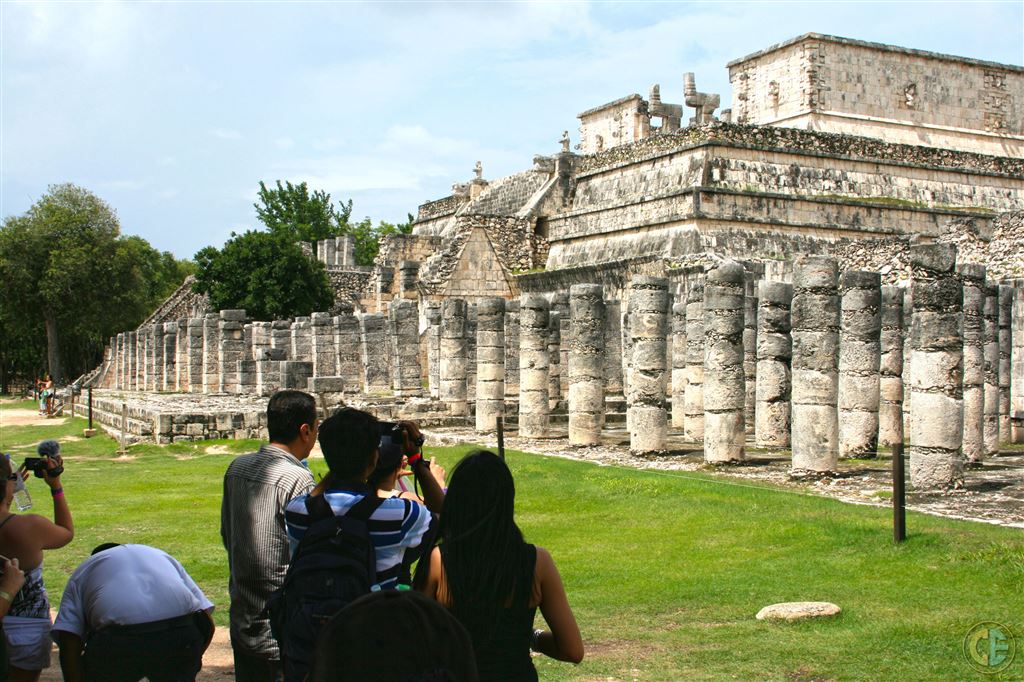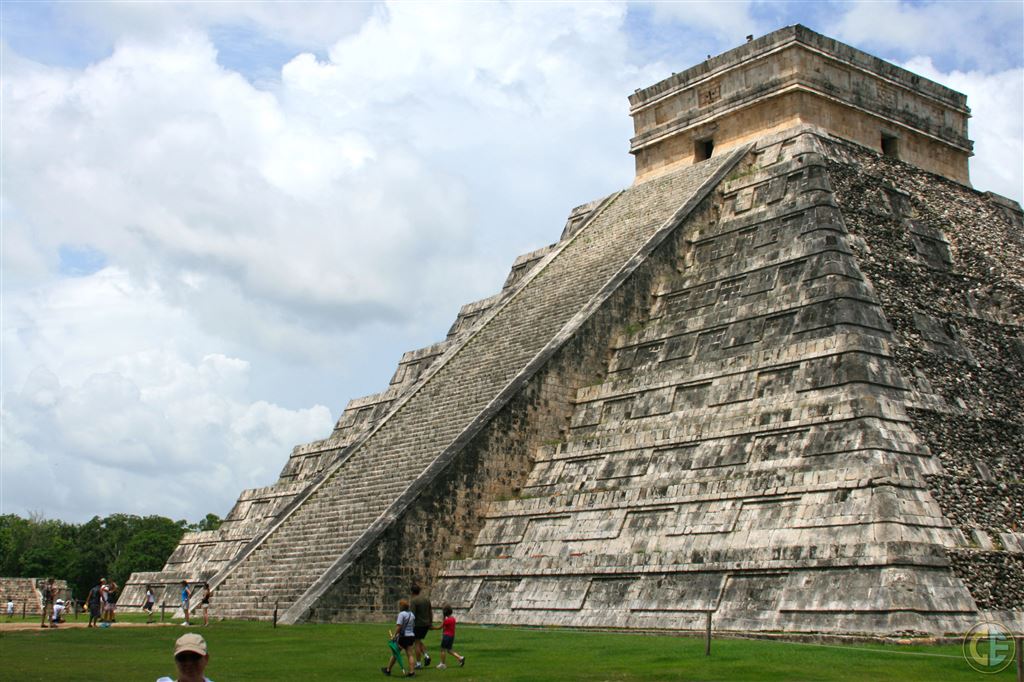 Located deep in the northern end of Mexico's Yucatan Peninsula is one of the modern Seven Wonders of the World; Chichén Itzá. Loosely translated, it means at the edge of Itza’s wall. Because of its close proximity to the seaside tourist destination of Cancun, only a 2.5 hours drive, Chichén Itzá is the most visited archeological site in Mexico and considered to be the most important ancient city of the Mayan Culture.
Located deep in the northern end of Mexico's Yucatan Peninsula is one of the modern Seven Wonders of the World; Chichén Itzá. Loosely translated, it means at the edge of Itza’s wall. Because of its close proximity to the seaside tourist destination of Cancun, only a 2.5 hours drive, Chichén Itzá is the most visited archeological site in Mexico and considered to be the most important ancient city of the Mayan Culture.
Serving as the Yucatan’s ceremonial center, Chichén Itzá is home to the architectural style known as Puuc. Sadly, not all the monuments designed with this style are accessible to the public due to the preservation concerns for this historic site.
Chichén Itzá was a Mayan city greatly influenced by the Toltec civilization. The site is famous for its richness in sculpture and monumental architecture displaying themes and imagery of militarism, feathered serpents, eagles, and jaguars. It is one of the few remaining cities which demonstrate an example of the Classic period Mesoamerican Architecture.
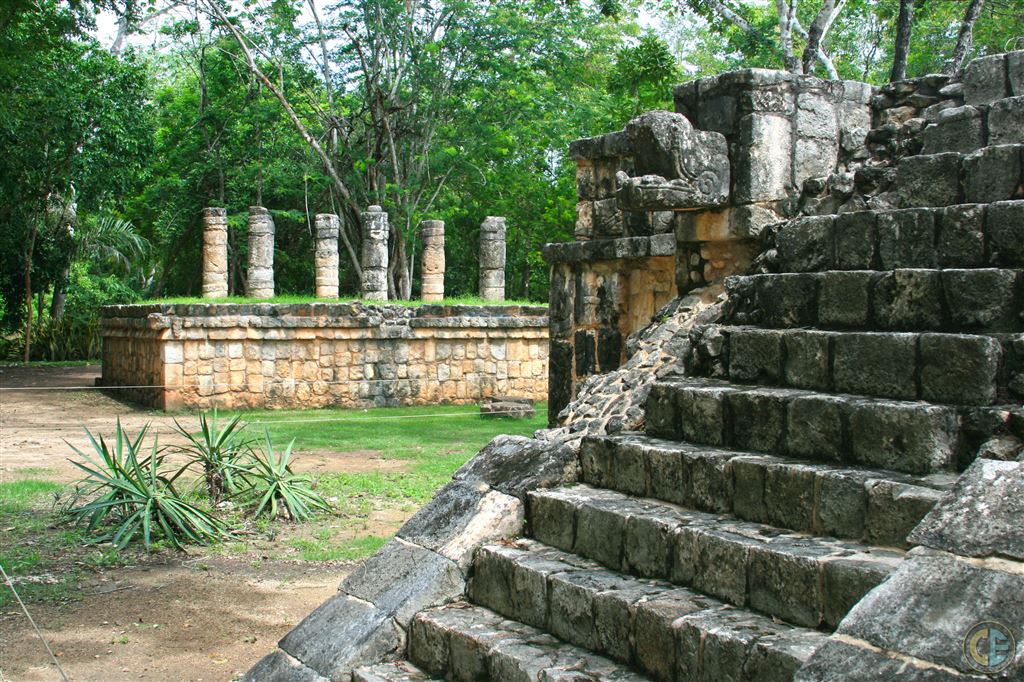
This little historic town has breathtaking architectural highlights such as the Temple of the Three Lintels bearing Chahk masks on every corner. The 7th Century CE Red House has a bloodletting freeze, the rain god Chac carvings in the Nunnery, and the Iglesia temple offers a spectacular sight to behold.
The El Caracol observatory of Chichen Itza creates an illusion of a turning tower thanks to its architectural design. It was used by the Mayans to track the movements of the planets. The impressive monument has a light flight of stairs that lead to a circular tower structure with misaligned windows.
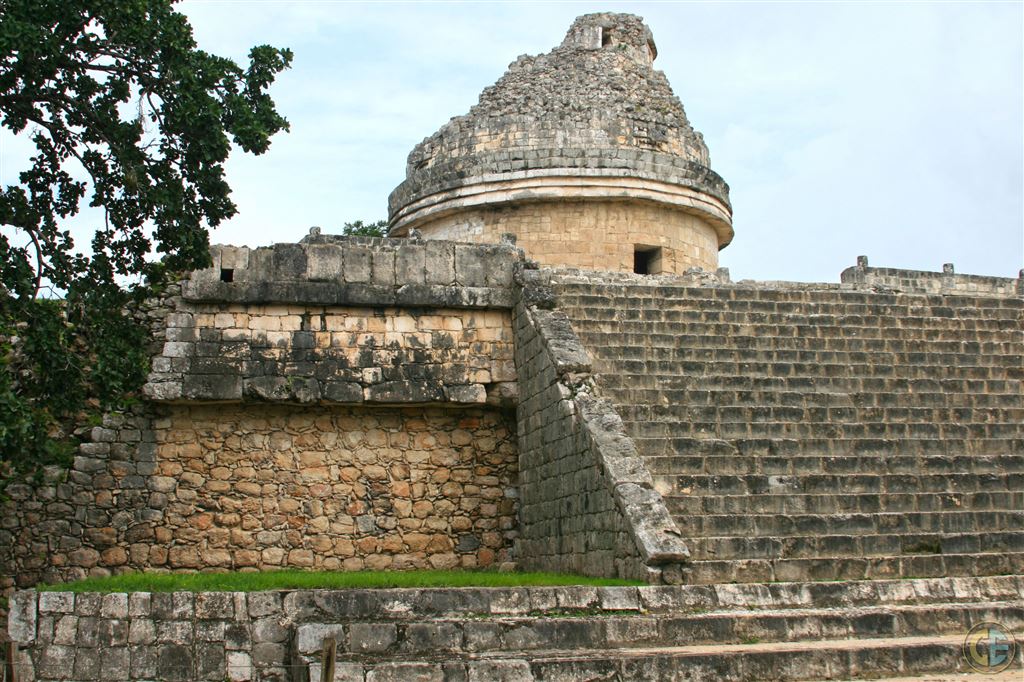 The El Caracol Observatory
The El Caracol Observatory
Castillo or Pyramid of Kukulcan is a summit building with two chambers was built in honor of the feathered-serpent god. It is used for religious ceremonies and human sacrifices. Its round shield and Jaguar relief panels decorations and the climbing stairway give an illusion of a gigantic snake climbing the structure during certain periods of the year. The large stone snakes on the northern side are a constant reminder of the pyramid's purpose.
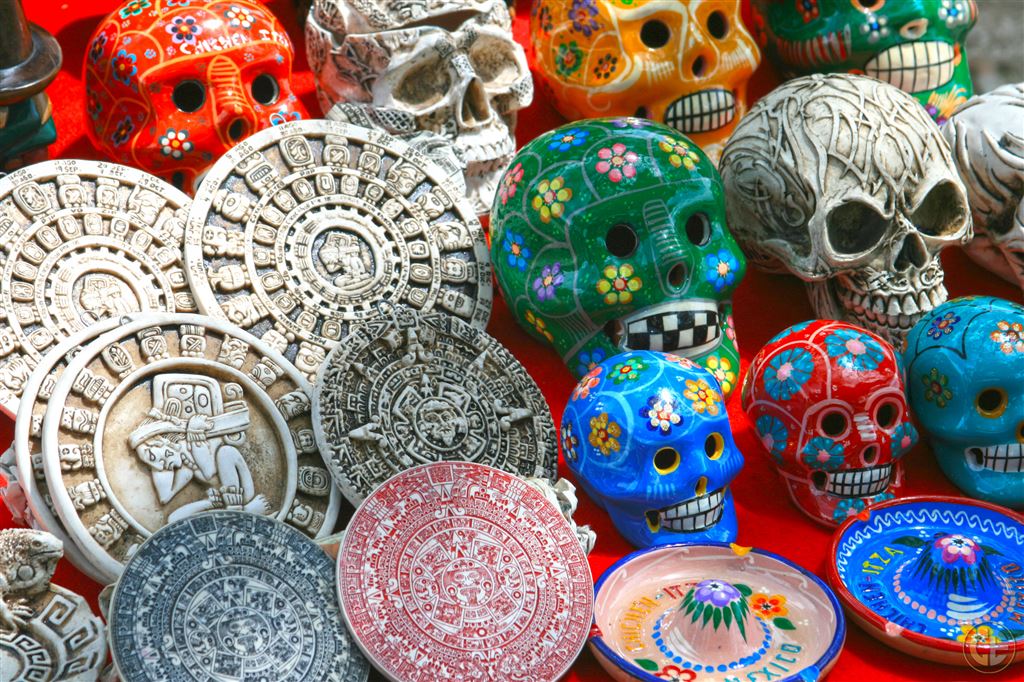 Souvenirs
Souvenirs
